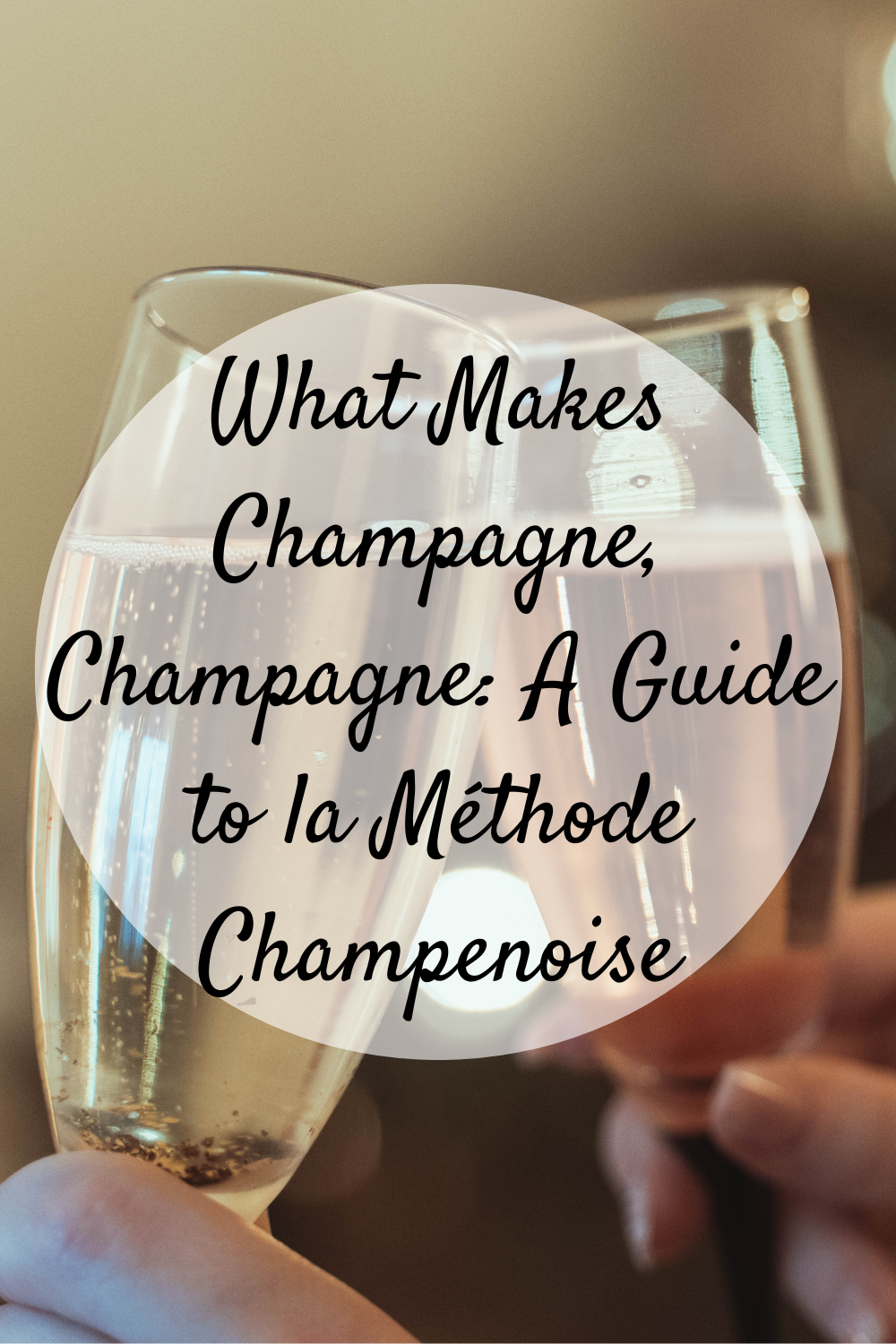

Celebrations mean Champagne. That’s how it has always been and will always be. People break out a bottle of Champagne when there’s something worthy of recognizing or commemorating.
Yes, that’s Champagne with an uppercase letter “C” because Champagne is a proper noun. It is a regulated and officially designated sparkling wine made according to strict guidelines.
In line with this, if you’re looking for a good place to buy wine in Abu Dhabi, remember this tip. Trust a shop selling alcohol in Abu Dhabi if it puts Champagne and sparkling wines in separate categories. A store that knows the difference between Champagne and sparkling wines is a liquor store that knows its stuff.
So, what makes Champagne, Champagne? In a nutshell, Champagne is:
This article is about the Champagne method or la méthode champenoise. Read on to learn the specific stages of making Champagne.
La méthode champenoise is very specific about how grapes become Champagne. It involves the following stages:
Grapes are pressed as soon as possible after harvest in the region’s approved and inspected pressing centers. Different grape varieties are pressed separately. The pressing occurs in two fractions: the first pressing (i.e., cuvée) and the second pressing (i.e., taille).
The freshly extracted juice, collected in small tanks, is treated with a small amount of sulfur dioxide to inhibit the growth of bacteria and molds. The grape juice is allowed to rest until the sediments settle at the bottom, and the clear liquid remains on top. After 12 to 24 hours of settling, the winemaker draws off the clear juice and transfers them to fermentation vats or casks.
The grape juice undergoes primary or alcoholic fermentation and an optional malolactic fermentation.
Fermentation turns grape juice into wine with up to 11% alcohol by volume.
The master winemaker now gets to work, blending different “wines” from different vats or casks (that is, wines from various grapes, vintages, crus, and fractions). They go by the “nose” to make their signature style of Champagne. At this point, the blended wine still lacks “sparkle” or Champagne’s signature bubbles.
The winemaker bottles the blended wine, adding a liqueur de tirage, a solution of still wine mixed with cane or beet sugar, yeast cultures, and additives. The bottles are sealed, albeit not perfectly airtight, stacked horizontally, and cellared at a stable temperature.
The wine in the bottle undergoes secondary fermentation for six to eight weeks. The yeast consumes the sugars in the wine, producing carbon dioxide, alcohol, and other flavor molecules. It’s the carbon dioxide that makes Champagne bubbly.
Once the sugars are gone, the yeasts gradually die and decompose. The dead and decomposing yeasts, plus other sediments and deposits, precipitate or settle on the side of the bottle. These are the lees. As the yeasts die and decompose, the wine also oxidizes very slowly as tiny amounts of oxygen enter the bottles and minute amounts of carbon dioxide escape.
The wine must rest or mature on its lees while undergoing an exceedingly gradual oxidation for at least 15 months. Vintage cuvée wines must mature for at least three years. Maturation on lees must take place away from the light and at a constant 12° C temperature.
In practice, non-vintage Champagnes typically mature on lees for two to three years, while vintage Champagnes mature on lees for four to 10 years.
After the wine has adequately matured, the bottles are rotated by incremental amounts while gradually tilting the neck downward to move the sediments to the neck of the bottle. This process – i.e., riddling – takes four to six weeks if done by hand or one week if done using a machine.
After riddling, the neck bottle is dipped in a solution to freeze it. The bottle is opened quickly and tilted downward to expel or disgorge the frozen plug of sediments from the neck. The winemaker tops the wine with a mixture of cane sugar dissolved in wine, called liqueur de dosage. The amount of sugar determines the dryness of the resulting Champagne.
The bottle is corked, shaken to integrate the dosage liquor into the wine, and inspected. Next, the Champagne is returned to the cellar to age in the bottle until the winemaker decides it’s ready for release.
There you have it! That’s how specific the process of making Champagne is. A word to the wise, though: Making sparkling wine using méthode champenoise will not produce Champagne. It will just yield “sparkling wine a la champagne.”
In recent years, the rapid advancement of blockchain technology and the increasing popularity of cryptocurrency…
Imagine running a business where your office is anywhere with an internet connection, your team…
In an industry historically dominated by exclusive networks and privileged connections, Canary Wharfian has emerged…
From weatherproof TVs to premium audio, outdoor living is going high-tech across the metro area.…
Singapore, known for its vibrant culture, stunning architecture, and world-class attractions, is a top destination…
In the current world where time is of the essence, it should be easy and…
This website uses cookies.